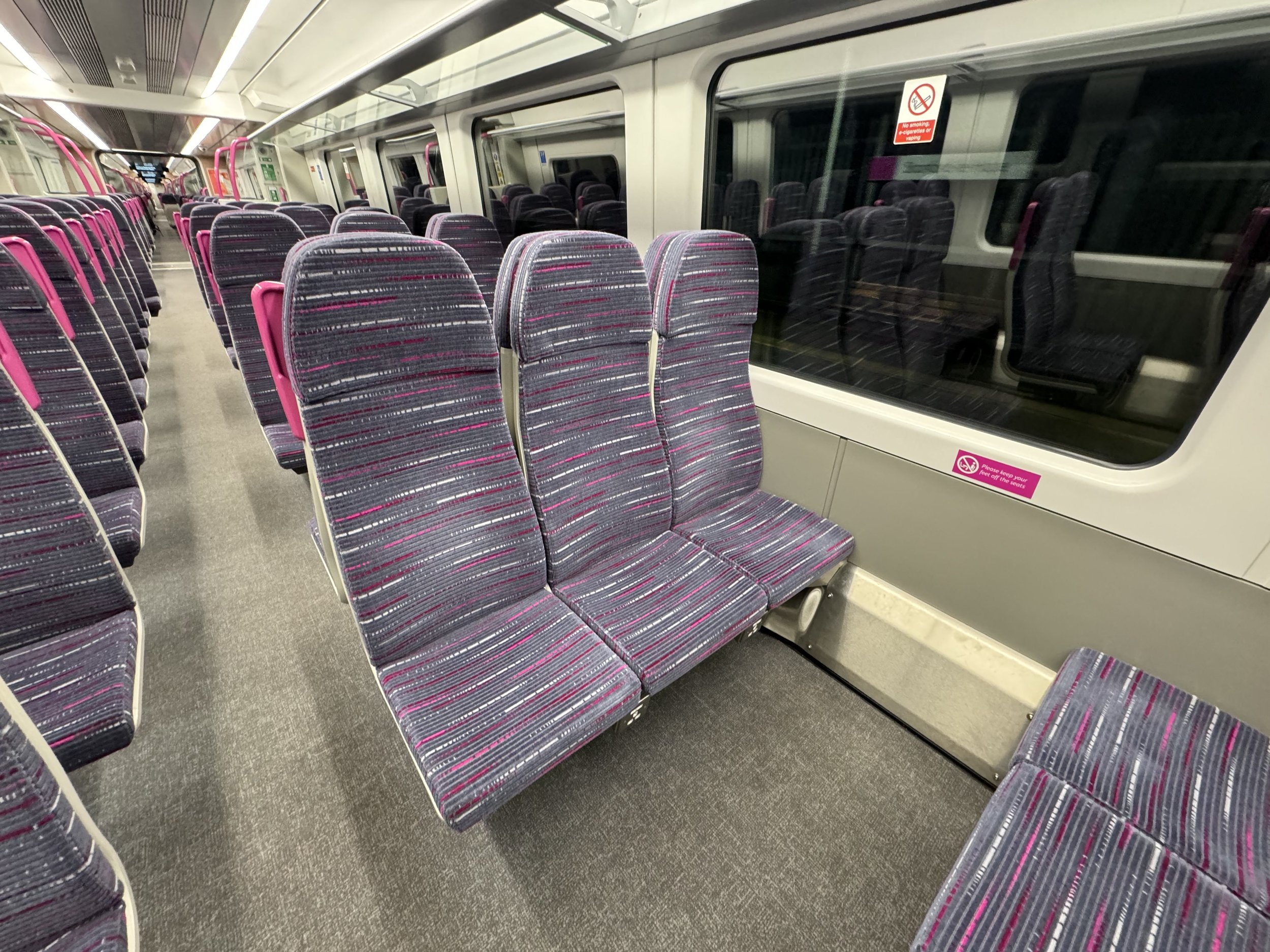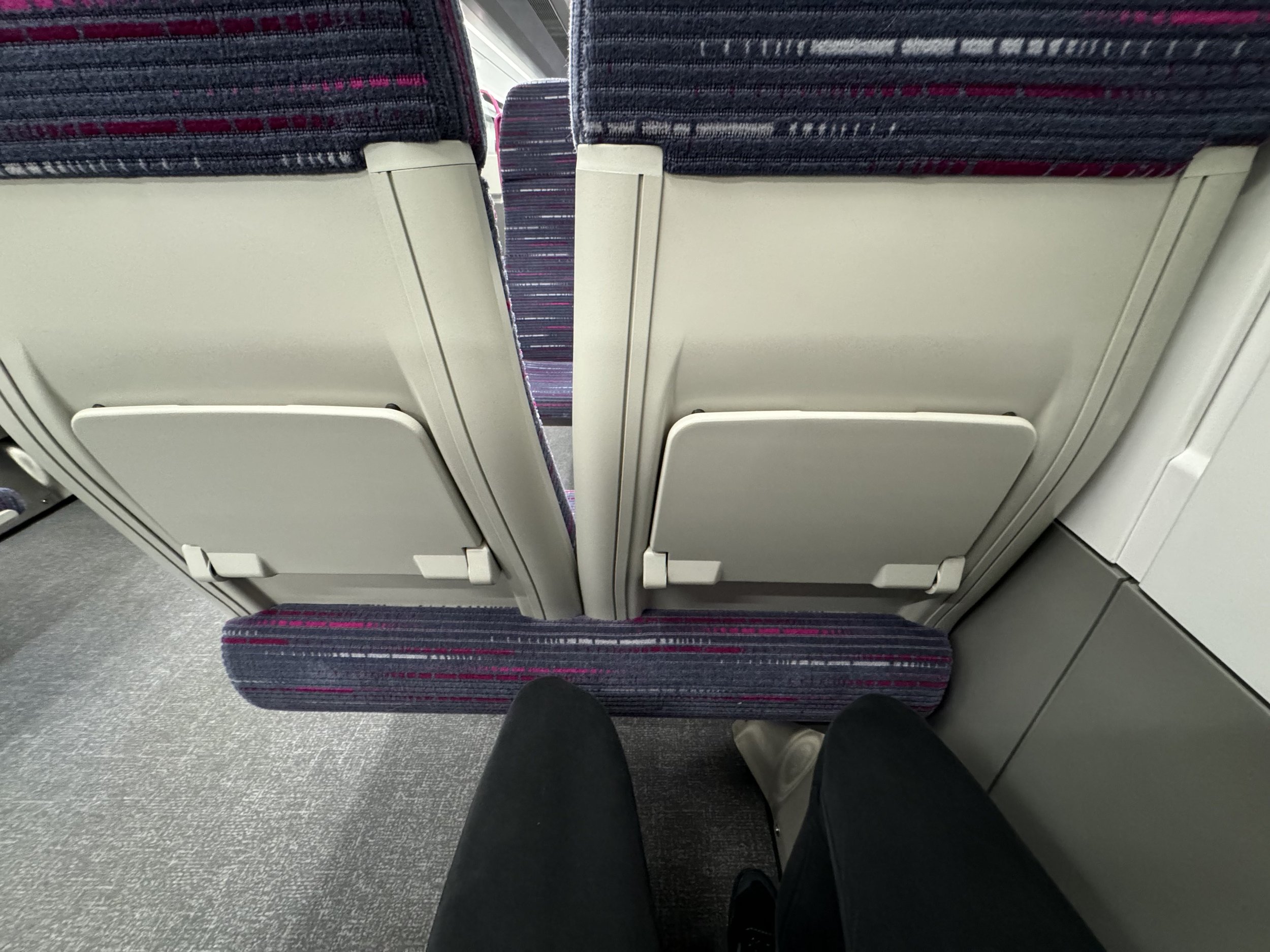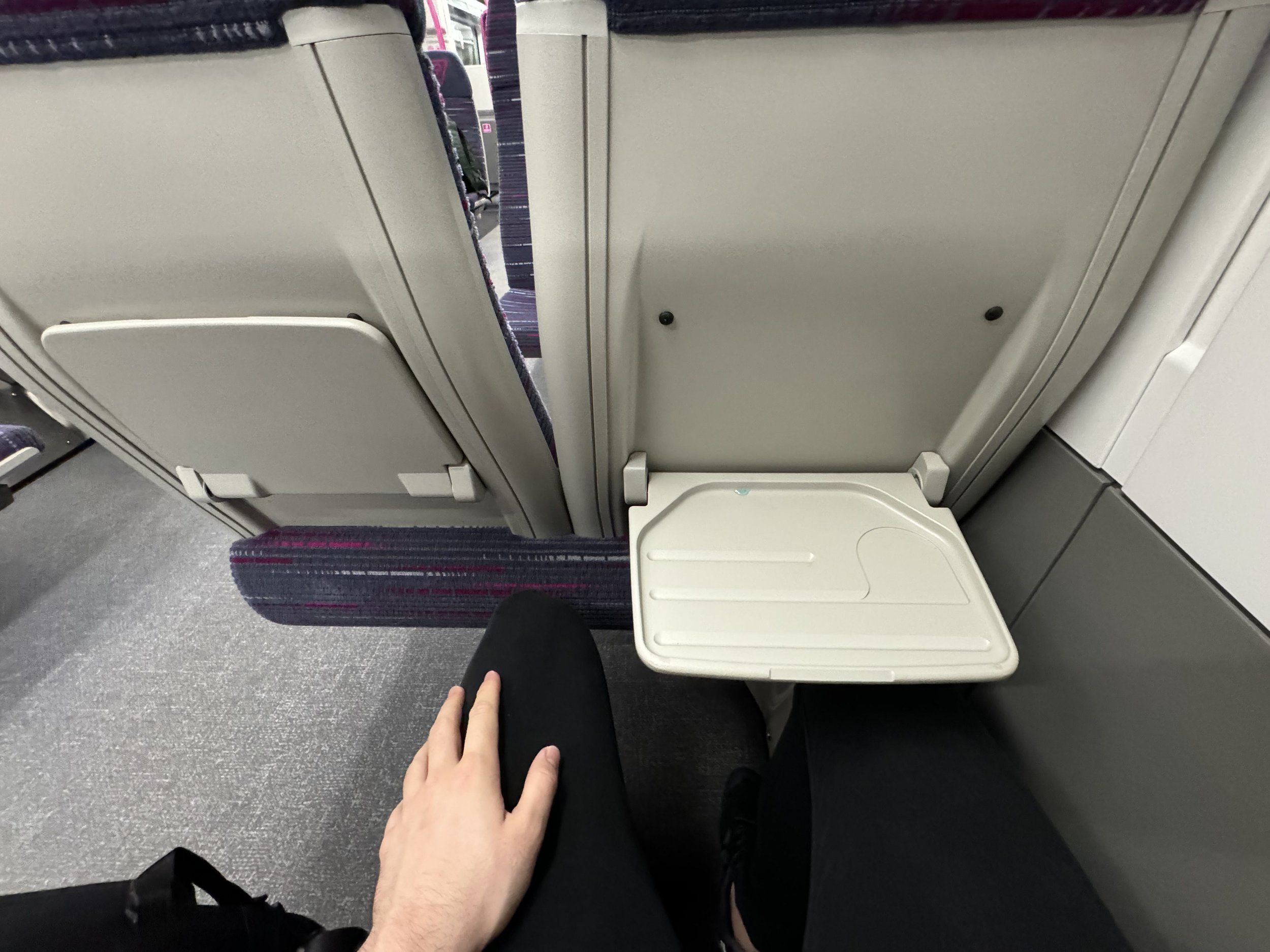I finally try British rail operator c2c’s new trains - here’s my verdict
Waking up at 4am on a cold Thursday morning and heading to the station, I was in for a bit of a surprise. I wasn’t expecting to see an eight car train on the departures board at this hour, considering it’s usually only four units long this early.
Imagine my surprise to then see one of c2c’s nearly new 10 unit trains arrive at a station where they’re not usually supposed to go. While this article is a bit off-piste from my usual content, being in travel blogger mode I had to take a few shots and share my take on my new local trains.
What is c2c?
c2c is the operator that has run the London, Tilbury and Southend railway since 2000 with the main terminus at the capital being at Fenchurch Street, as well as Liverpool Street during some weekends and during engineering works. The name does not actual mean anything but early branding, which is still present on the interior of the old train includes phrases such as ‘capital2coast’.
While the train line has its problems, c2c is one of the better performing operators in the UK under all its guises - including most recently under the stewardship of Trenitalia, the national rail operator of Italy.
The operator has three distinct lines:
London to Shoeburyness via Basildon
London to Shoeburyness via Rainham
London to Shoeburyness via Chafford Hundred.
Upon introduction of the new trains, c2c suggested they would only be operated on the Basildon line. The surprise with the new train was because I was explictly not travelling on the Basildon line!
Let’s take a look at the trains
The biggest difference to the new Class 720/6 Bombardier Aventra trains is the walkthrough carriages, similar to newer units on the Elizabeth line and Greater Anglia. When the service operates with ten carriages, it is effectively two x five carriage trains connected for additional capacity with walkthrough capability from end to end. This compares with the previous trains that do not allow walking through between the connected trains.
The new display units, which are still not as advanced as trains or metro services abroad, are far superior. Particularly useful alongside the walkthrough carriages are indicators for how many seats are available. While none of this is revolutionary or impressive, it’s small improvements like this that will make commutes a tiny bit better.
Seat design features a new pattern, or ‘moquette’, which looks brighter but is likely because the old trains are twenty years old with much wear. Seats themselves are basic and have been compared to an ironing board. In my view, they’re fine for the journey lengths most people on c2c will be taking - but I wouldn’t want to travel much further than an hour on it. They do feature flip down tables, which previous c2c trains didn’t, but the small size makes them less than useful.
The biggest improvement is the addition of UK power and two USB outlets at seats. While there may be competition for usage as they’re shared between two seats, the edition is welcome especially for people who are working with laptops that have insufficient battery life.
Toilets are about as good as any train toilet - although the strange smell that always came from the previous hand dryer seems to have been resolved on the new trains. I just wish c2c had opted for a proper lock that is far more reassuring than the button type selected.
Final thoughts
I have no idea why this journey featured the newest c2c train type when they previously said they wouldn’t be on this line. It wasn’t a fluke either as I have experienced these trains at various times of the day on the same route. While the old trains are still fine for the job, it was a pleasant sight for an extremely early commute.












